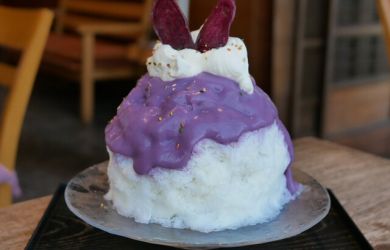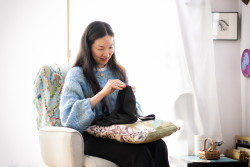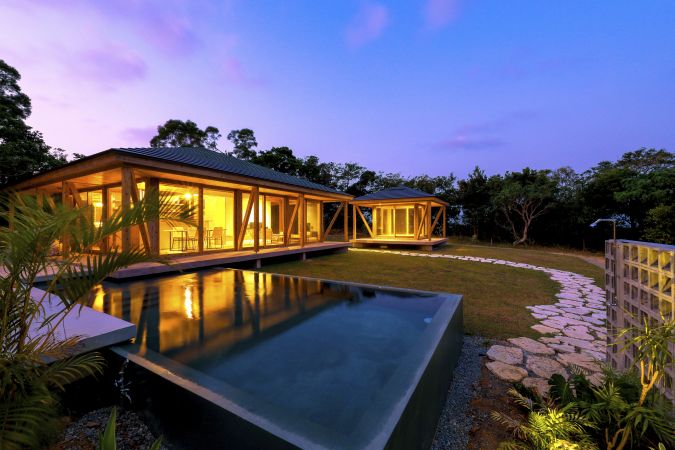
DEEP RETREATS
Okinawa’s subtropical climate makes it an ideal “workation” destination year-round. Stay focused and relax with family in a secluded villa, then enjoy outdoor activities such as trekking through the forest, exploring ancient castle ruins or cycling along quiet coastal roads.
A peaceful workation in a private villa
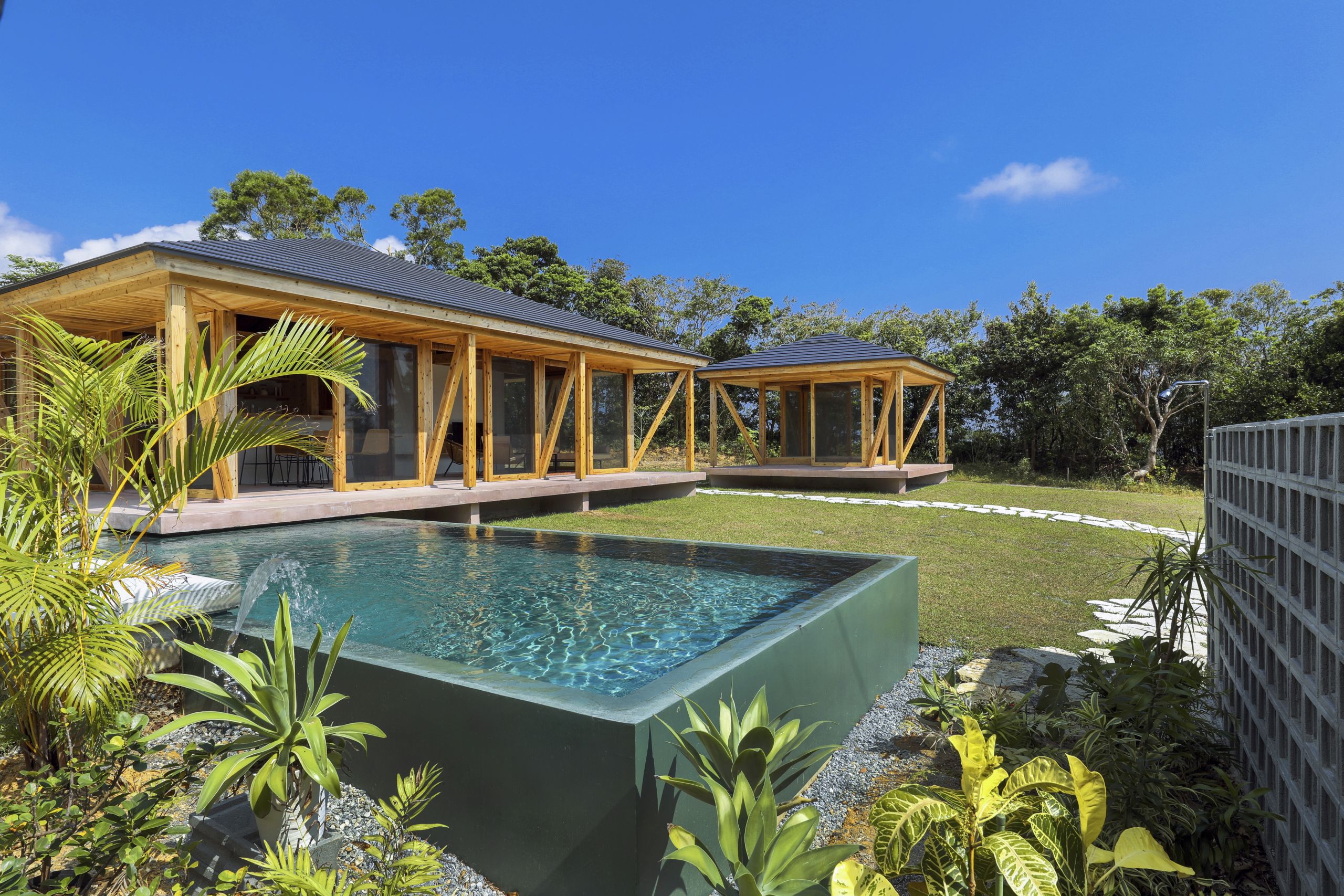
For a scenic and productive working retreat, Okinawa offers a range of private accommodations in secluded locations where you can set up an office while remaining close to nature. Rent an entire villa with a private garden surrounded by trees at Shinminka Villa on the Motobu Peninsula. Each villa is fully furnished with a deluxe kitchen and outdoor barbecue, so you can shop for fresh produce at local food markets and enjoy the pace of local life.
Modeled after traditional Okinawan minka (folk) houses, the newly built wooden buildings feature stunning contemporary architecture. The walls are entirely made of floor-to-ceiling glass, giving you a 360-degree view of your immediate surroundings and, by extension, an intimate connection with the natural environment.
Win a pair of round-trip tickets from Tokyo to Okinawa!
There are two ways to win: Posting your Okinawa memories on social media or completing a quick questionnaire.
Explore Ryukyu culture in Nakijin
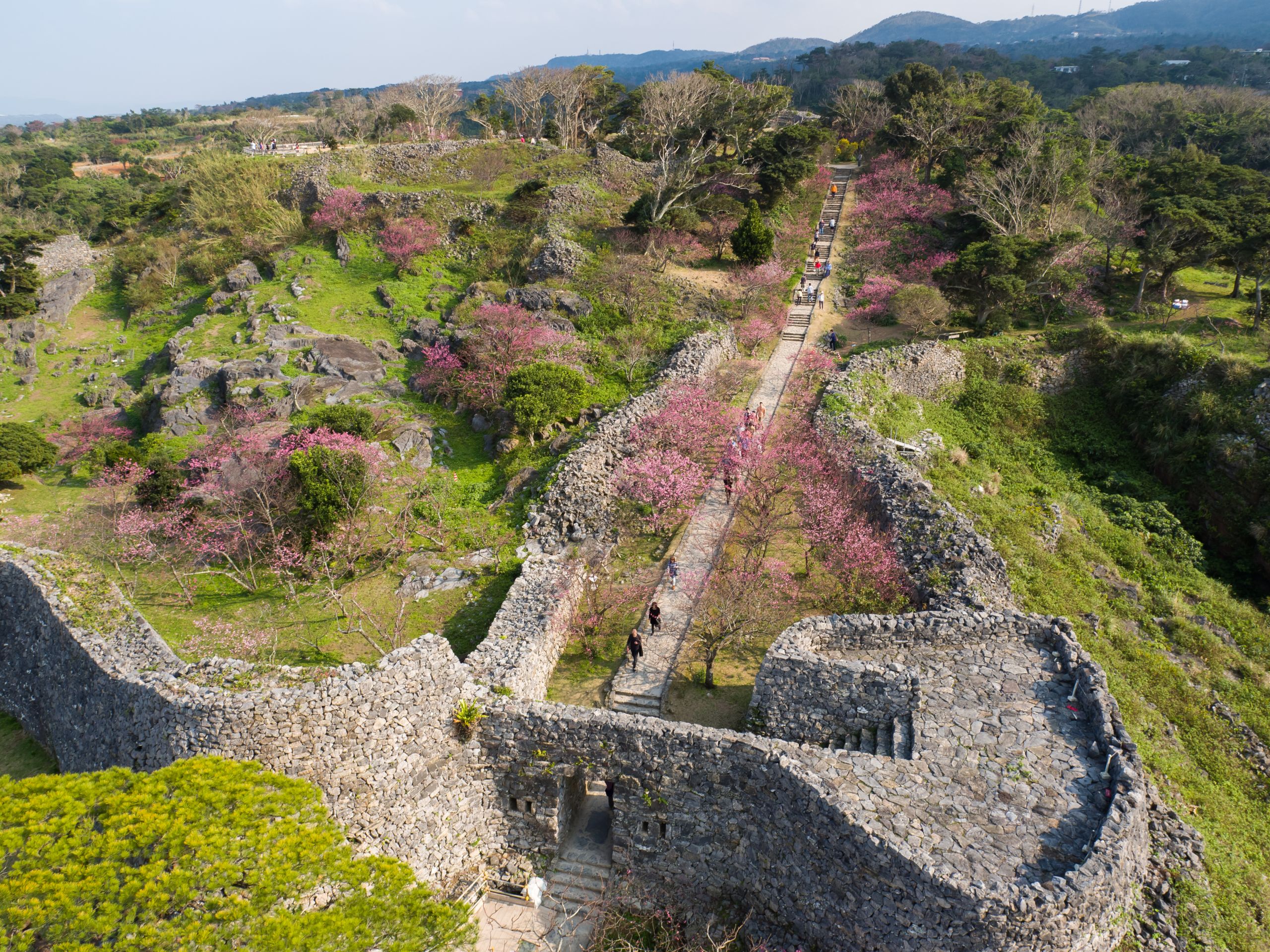
Built in the late 13th century, the Nakijin Castle is one of the nine “Gusuku Sites and Related Properties of the Kingdom of Ryukyu,” collectively designated as a World Cultural Heritage site.
Representing 500 years of Ryukyuan culture and history, the sprawling fortress of Nakijin Castle is a prime example of Nozura-zumi, an ancient construction technique consisting of piling rocks according to their natural shape in order to build strong walls. You can easily spend half a day exploring the ruins, walking along the fortress walls as you admire sweeping views of the surrounding forest and sea.
Hike the primeval forests of Yanbaru
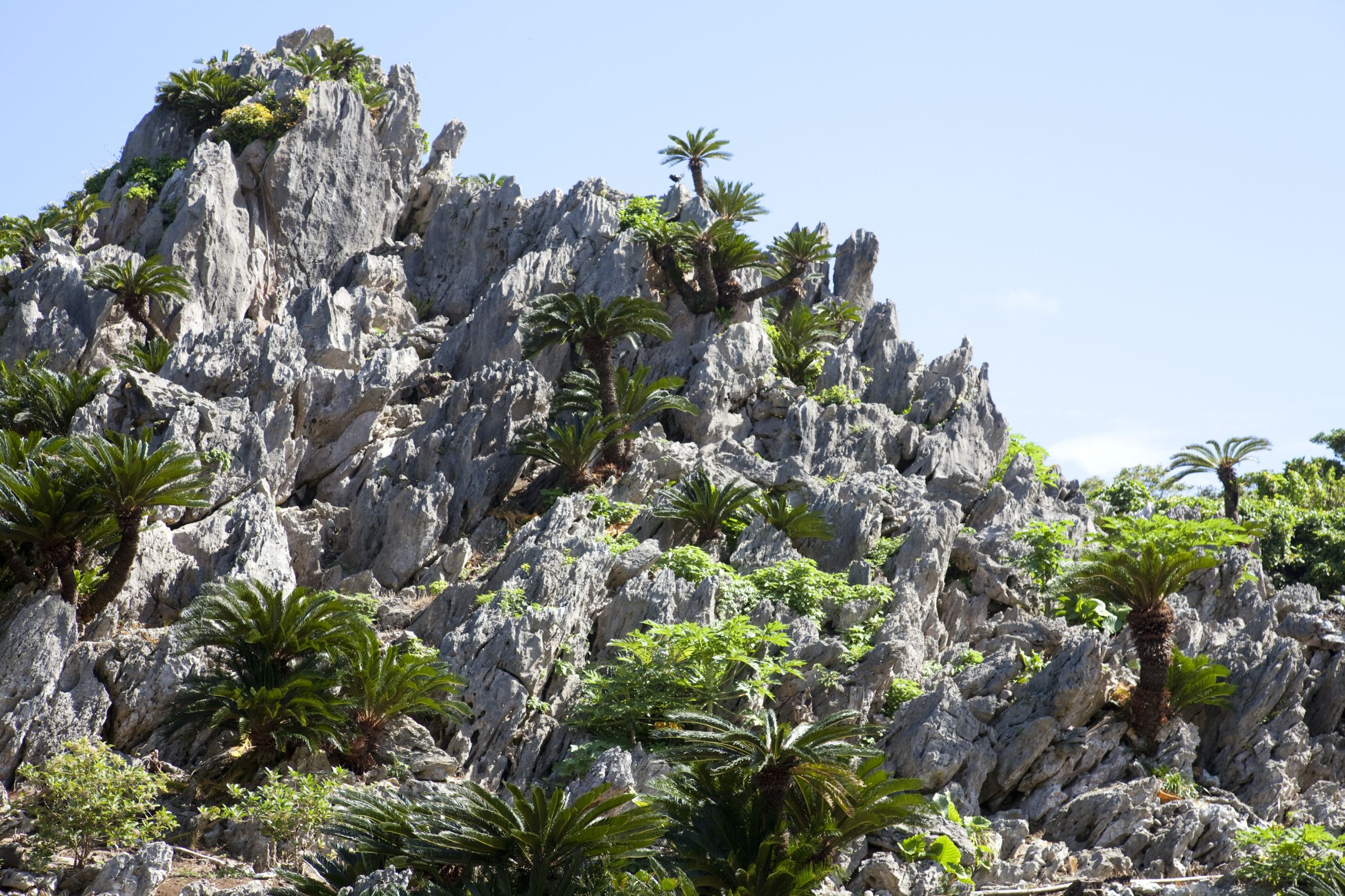
A mountainous region in northern Okinawa, Yanbaru is home to primeval forests and rare native species. Among its endemic subtropical flora are epiphytic ferns (ferns that grow in totally soilless conditions), orchids, living fossil cycads (prehistoric plants), giant banyans, evergreen Itajii and the famous, towering Okinawa Urajirogashi tree on Mount Ibudake.
Endemic species of fauna include the iconic Okinawa rail, Okinawa woodpecker, Ryukyu robin, Ryukyu long-haired rat and the Ryukyu black-breasted leaf turtle. Hike Mount Yonahadake, admire spectacular views from limestone cliffs overlooking Shioya Bay or follow a scenic trail leading to the 26-meter-tall Hiji Otaki Falls.
Cycling Okinawa’s own ‘Eden’
If scenic routes are on your itinerary, consider renting a bicycle in Nago City for a refreshing ride along the coast. On the other hand, Kouri Island is a highly sought-after destination for couples due to a famous coralline rock formation in the shape of a heart. The formation is also said to be the site of Okinawa’s own Adam and Eve legend.
From Nago City, arrive at Yagaji Island via Route 58, then continue across to Kouri Bridge. Completed in 2005, the 1,960-kilometer bridge offers spectacular views of the clear, turquoise water below. Once on the other side, take in a breezy tour of Kouri Island’s coastline, which has a circumference of only 8 kilometers.
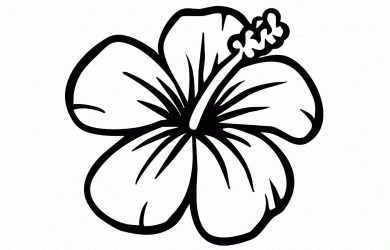
TRAVELING RESPONSIBLY
For more than 20 years, Okinawa has nurtured a growing trend towards sustainability on all levels of society. In a rapidly changing world that is still riding the waves of the pandemic, many Okinawans are striving to create initiatives to not only encourage tourism, but to also enrich the local community and environment.
From actively protecting natural habitats to eating like a local, here are just a few ways that you can contribute to the sustainability of these beautiful islands, all while enjoying the best that Okinawa has to offer.
Revival of the Onna Village coral

Did you know that more than half of the world’s coral species can be found in the Pacific Ocean surrounding the Okinawa archipelago, where the reefs support rich ecosystems of native marine life, act as natural seawalls and absorb significant amounts of carbon dioxide.
In Onna “Coral” Village, on the west coast of the main island, a 30-kilometer-long reef has supported local livelihoods for centuries. Unfortunately, in 1998, due to a sudden rise in sea temperatures, almost 90 percent of the coral around Okinawa’s main island succumbed to bleaching.
Shocked by the tragic loss, local fishermen decided to save the reef by becoming coral farmers. By 2003, their change of profession proved worthwhile, as they succeeded in transplanting farm-raised coral into the sea. They have now successfully transplanted over 100,000 coral seedlings. However, it’s still an ongoing mission.
At Sango Batake in Yomitan, you can directly contribute by making an individual coral seedling, which will be nurtured at the farm until it’s large enough to survive in the ocean and help repopulate the endangered reef.
As a responsible traveler, you can also play a role in the prevention of reef destruction by not touching living coral in the sea, using coral-friendly skin products and spreading awareness about protecting the reefs.
“Longevity Food” in Ogimi
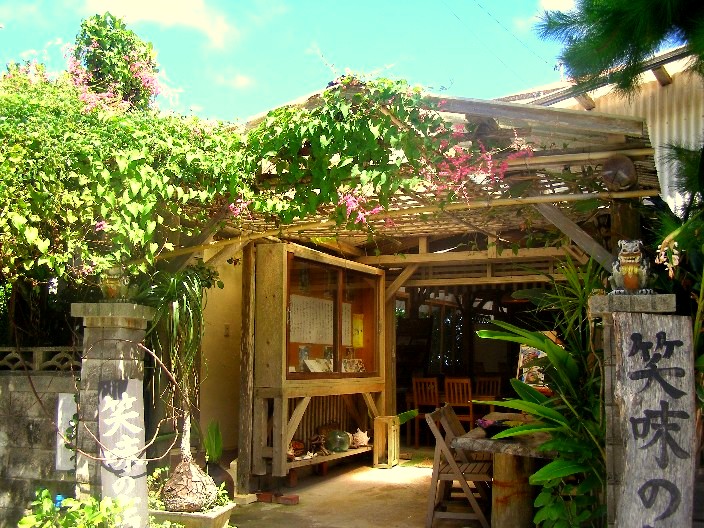
Okinawa holds a special title as one of the world’s five “Blue Zones” of longevity, where more than a thousand centenarians are still living healthy, happy lives. These ageless islanders, surrounded by peaceful and abundant nature, participate in a lively and supportive community, and—most importantly—they eat a healthy diet.
Former nutritionist and chef Emiko Kinjo was fascinated in particular by the prolific vegetable gardens of the village grandmothers and the naturally medicinal properties of local seasonal ingredients. So much so, that she opened her own farm-to-table restaurant Emi no Mise in Ogimi, to share the culture of Okinawan “longevity cooking” with visitors.
By eating locally grown food, you can experience a fundamental part of Okinawa’s traditionally healthy lifestyle, while contributing to preserving the food culture.
Win a pair of round-trip tickets from Tokyo to Okinawa!
There are two ways to win: Posting your Okinawa memories on social media or completing a quick questionnaire.
Taketomi Island culture
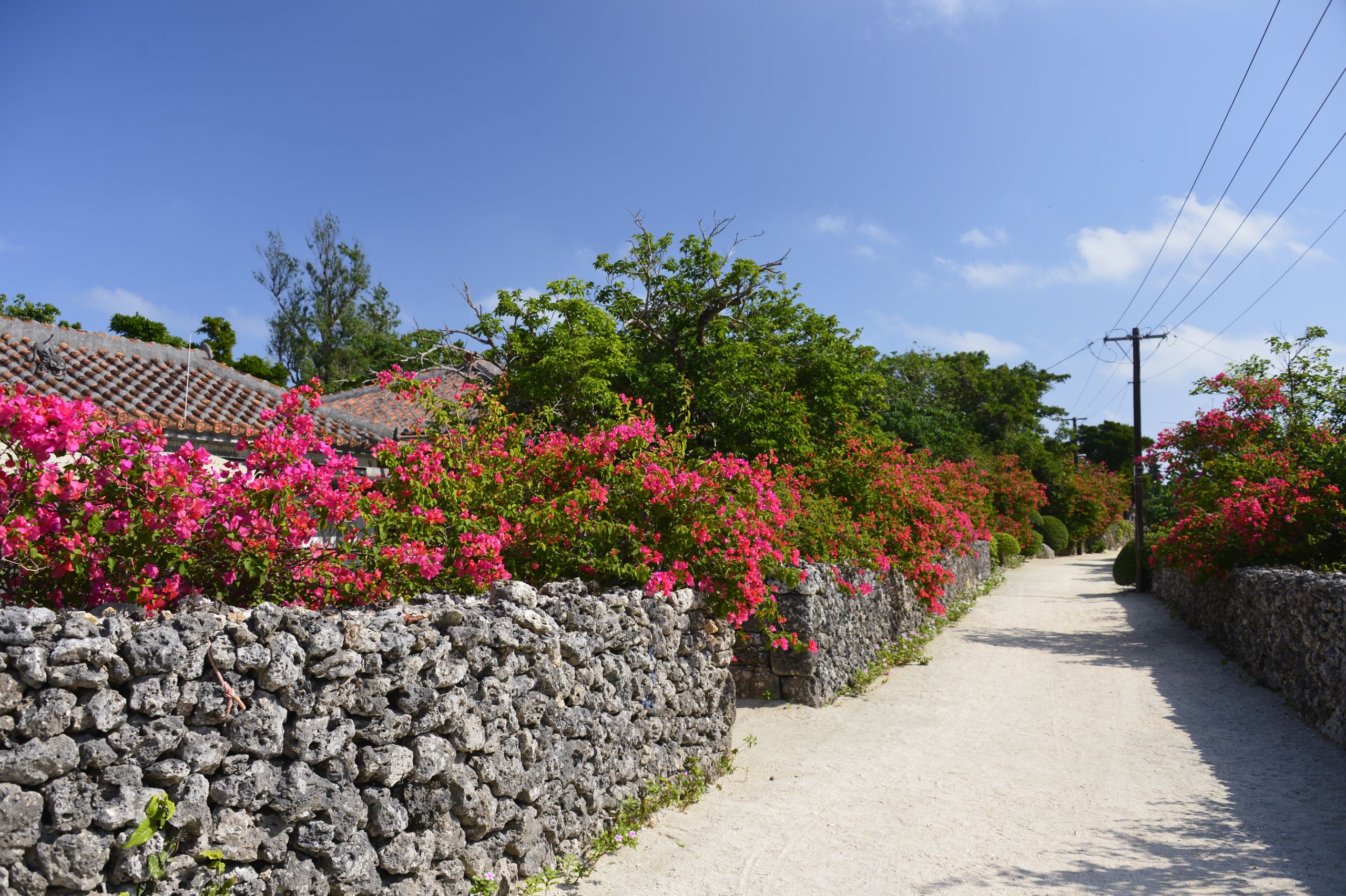
In 1986, the residents of Taketomi, in the Yaeyama Islands, stood up to save their island from uncontrolled development by drafting the Taketomi Island Charter. The comprehensive charter encompassed many issues, ranging from land ownership and preservation to the usage of local produce and materials to make souvenirs.
As the young and youthful Okinawans work to preserve their culture and traditions, there are endless ways you can join the trend towards sustainability and explore the unique aspects of Ryukyu culture.

ACCESSIBILITY FOR ALL DESTINATIONS
With the aim of welcoming all tourists, regardless of their physical abilities, Okinawa drafted Japan’s first Barrier-Free declaration in 2007. Today, the prefecture is continuing that promise by welcoming you—right from your arrival—with friendly staff ready to serve at the Barrier-Free Tour Center.
The center, operated by a non-profit organization, provides help and information on transportation, accommodation and activities for guests with physical disabilities or limitations. For those who require any special equipment during their stay in Okinawa, such as wheelchairs, the center has equipment which can be loaned out.*
The center’s staff firmly believes that Okinawa has something for everyone to enjoy and wants to ensure that guests have access to all the information and equipment they may need. With a focus on improving accessible tourism, Okinawa continues to add to its growing list of attractions, establishments and activities which can be enjoyed by everyone, regardless of mobility.
The Barrier-Free Tour Center’s website has itineraries designed for those with physical impairments, including watersports, exploring nature and visiting historical sites. Here are a few highlights:
Chura Sun Beach

One of the largest Okinawa beaches, Chura Sun Beach also happens to be the most accessible. At just a 15-minute drive from Naha airport, the beach has rentable beach-friendly “chair boats,” which are amphibious wheelchairs that are equally steady in the water as they are on land due to their oversized, inflatable tires. Whether your plans are to lounge on the warm beach or float gently in the clear blue waters, it’s the perfect introduction to a relaxing stay in Okinawa.
Win a pair of round-trip tickets from Tokyo to Okinawa!
There are two ways to win: Posting your Okinawa memories on social media or completing a quick questionnaire.
Yanbaru Discovery Forest
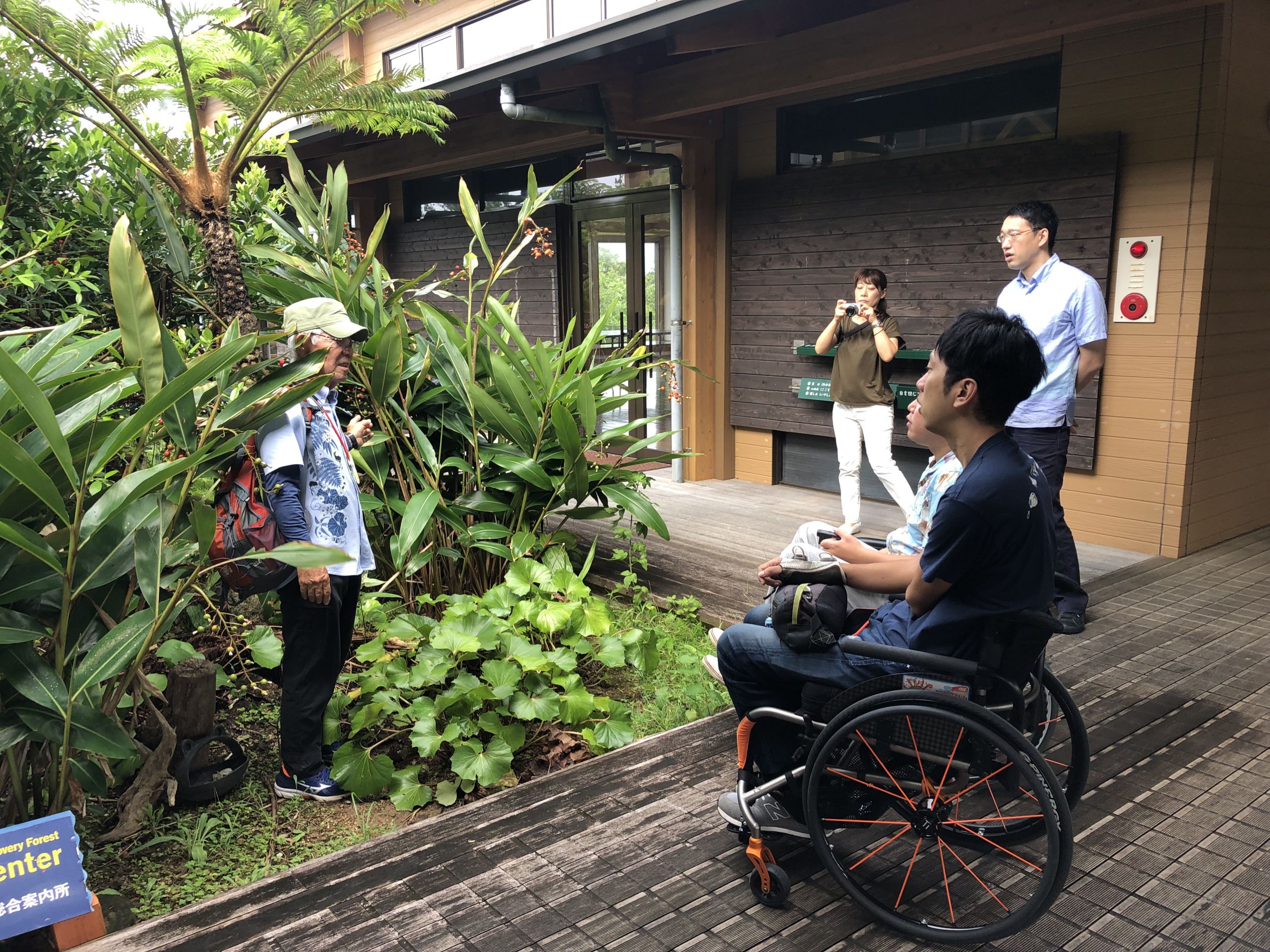
Nestled in the northern area of the main island, this barrier-free educational center features a wide, smooth wooden path, making it accessible for those with mobility restrictions. Local guides take you along through the forest, explaining its ecology and relationship to the people of Okinawa. There are also camping facilities and accommodations here that are suitable for guests of all levels of mobility, from which you can observe the forest’s wildlife or admire the stunning, star-filled Okinawan skies.
Ishigaki Island’s Kabira Bay Cruise
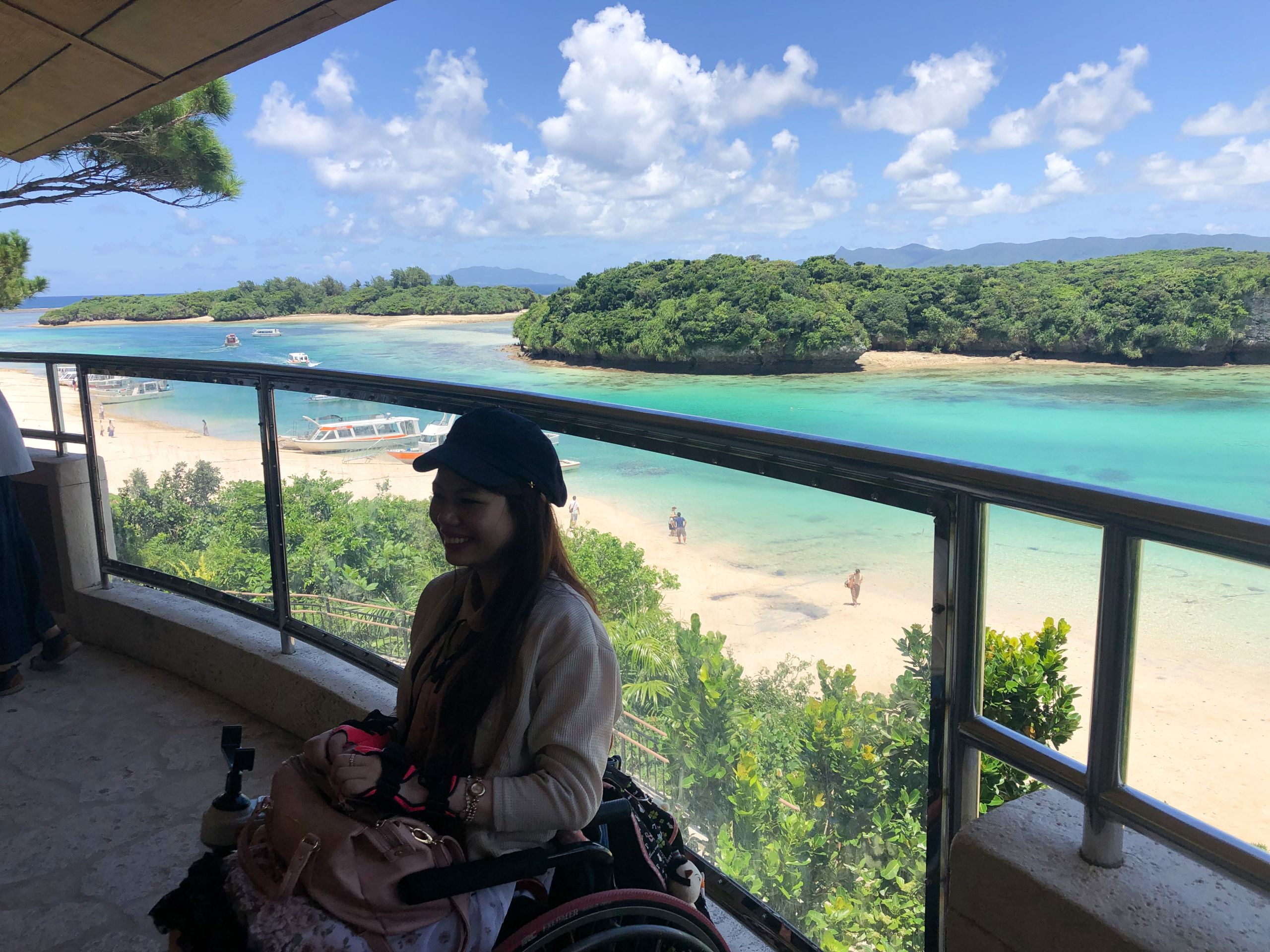
Cruise the waters off Ishigaki Island in a glass-bottomed boat that is entirely wheelchair accessible. The design of the boat allows an unhindered view of the ocean, even from a seated position.The staff are also trained to assist passengers who use wheelchairs board and disembark.
Yaima Village
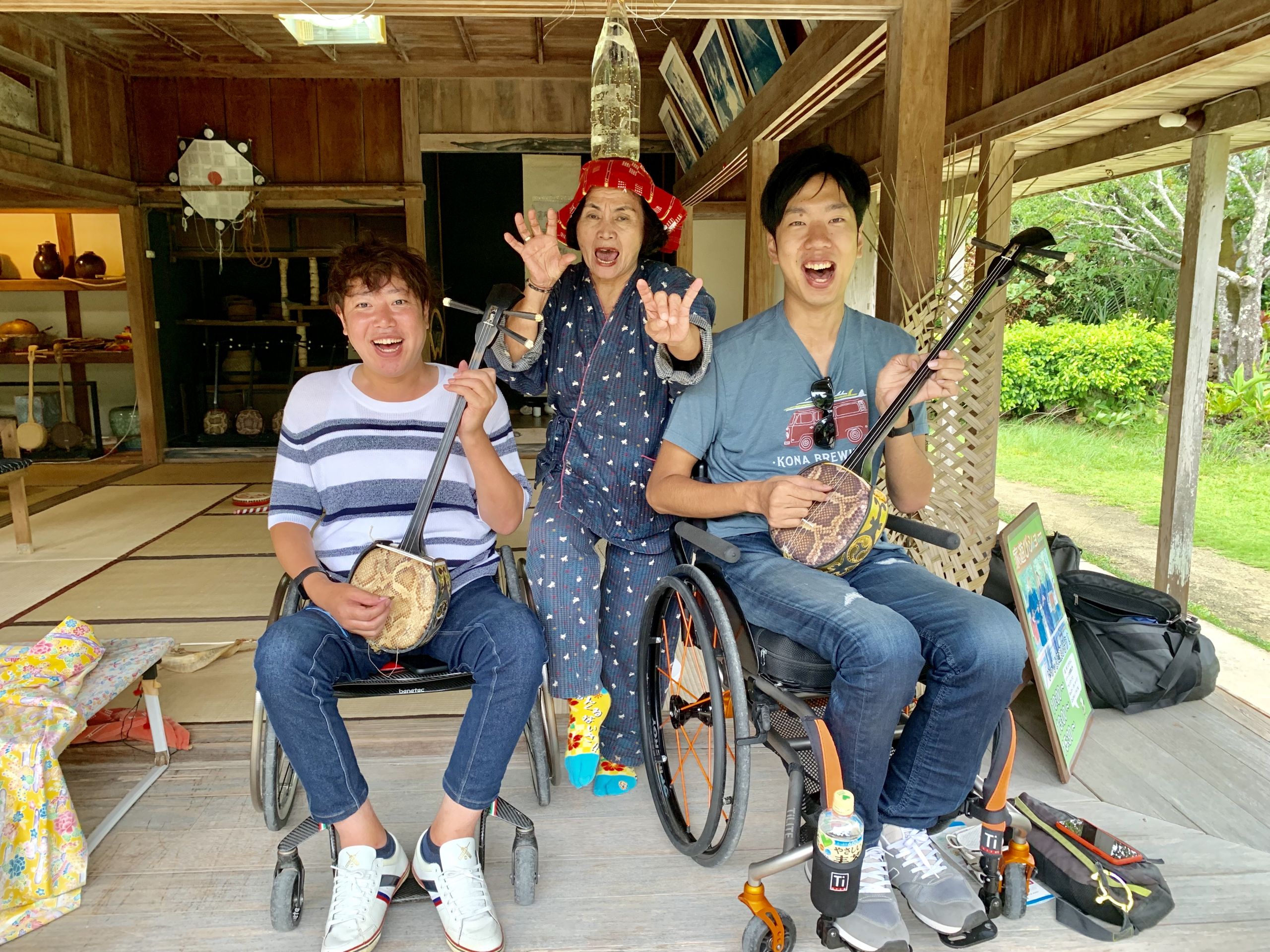
Overlooking scenic Nagura Bay on Ishigaki Island, this theme park features a reconstruction of a century-old local village. The entire park is barrier-free, and visitors of all abilities can enjoy playing local instruments, weaving crafts and even feeding the squirrel monkeys in the zoo.
For families with disabled travelers, Okinawa’s efforts towards making your trip easier pays dividends in the quality of time you will spend relaxing and enjoying the welcoming culture of Japan’s southern islands.
*(Advanced reservations required 098-858-7760)
For more information on accessibility in Okinawa, head to: https://barifuri-

TRAVEL WITH PEACE OF MIND IN OKINAWA
When in Tokyo, nothing screams vacation like the white, sandy beaches and tropical bliss of Okinawa. Made up of over 100 islands, each with its own distinct recreational opportunities. With plenty of outdoor activities and scenic retreats to choose from, these picturesque islands are the answer to every urbanite’s future vacations. As Japan’s tourism industry adapts to the “new normal,” it’s integral for travelers to know how to make the most of their trip while prioritizing their safety and the safety of those around them.
Before your trip
More than a one-stop destination, Okinawa is a diverse archipelago made up of over 160 islands. Every island has its own set of COVID-19 precautions, so a little preparation is helpful when deciding where to explore in the prefecture.
The Okinawa Multilingual Contact Center is a public service that provides tourist information, interpretation services and emergency support. The center can provide up-to-date information on the COVID-19 status of any island prior to travel (for English services, call 0570-077201).
For COVID-19 updates and travel information about each of the islands, Okinawa Monogatari can provide key facts and advice (Japanese only). When visiting communities outside of your own, safety is a two-way street. Monitoring your health prior to traveling is essential to ensure the safety of the local residents living in your travel destination.
Two weeks prior to departure, start keeping a temperature log of every traveler in your group. Purchase travel insurance so you have peace of mind if you need to cancel or postpone your trip for health reasons and be prepared for the cost and language barriers of an urgent hospital visit in the rare case it is necessary.
Win a pair of round-trip tickets from Tokyo to Okinawa!
There are two ways to win: Posting your Okinawa memories on social media or completing a quick questionnaire.
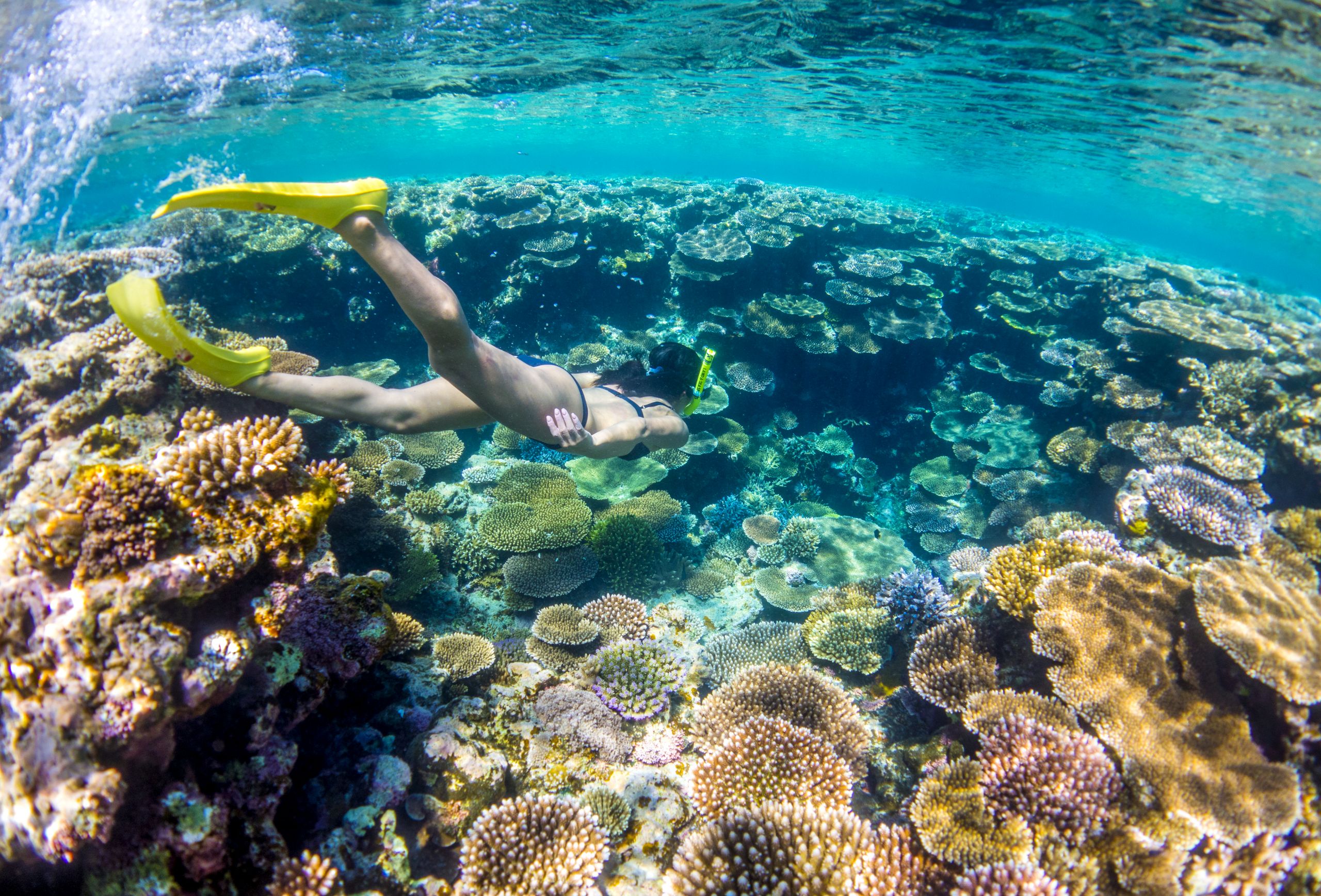
Safe travels
Okinawa’s tropical climate and sea air may lull you into letting your guard down, but it’s important to always protect yourself and others from the coronavirus during your travels.
- Wear masks indoors and any time you’re in close proximity to others, particularly service workers.
- Take advantage of the warm weather and eat outdoors when possible. An increase in takeout options means you can enjoy amazing meals at a beachside park while watching the sunset.
- Enjoy Okinawa’s wonderful climate by walking or using bicycles to get around the islands. Bicycle sharing and rental shops are plentiful, with many services offering electric-assist bicycles.
- Shops and restaurants that comply with Okinawa’s COVID-19 safety measures will display a shisa (Okinawan lion-dog) sticker.

If you or your fellow travelers suspect COVID-19 contraction, Okinawa provides a Multilingual Contact Center (0570-050-235) in multiple languages. The hotline representative can provide advice and information about health care centers and clinics in Okinawa.
Connect with the outdoors
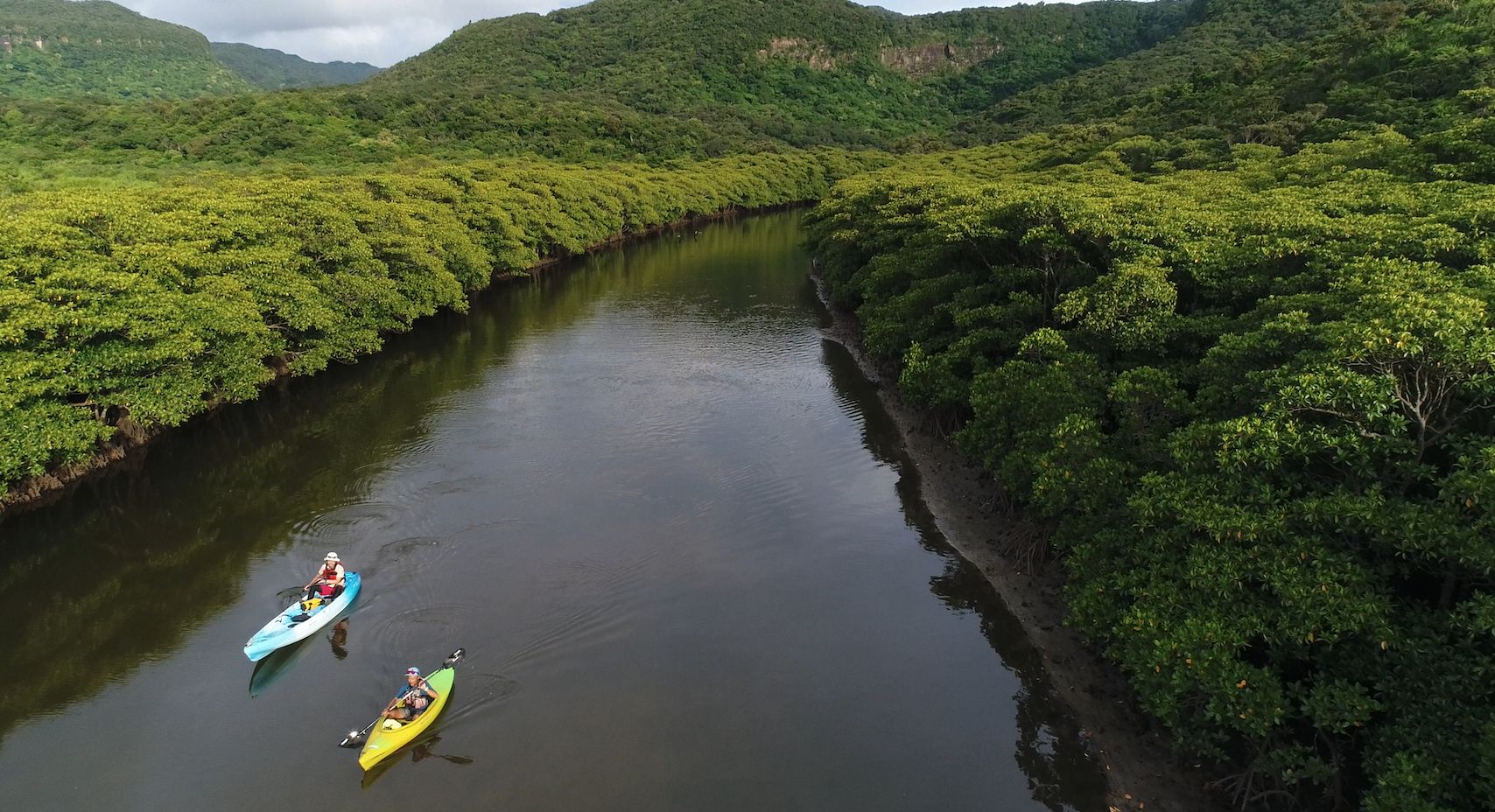
Enjoying the outdoors is not just a smarter choice — it’s a must when visiting Okinawa’s lush, natural landscapes. In addition to the prefecture’s efforts to slow the spread of the coronavirus, the islands are home to great weather, clear oceans and rich forests, so planning an all-day outdoor adventure has never been easier.
Okinawan tourism has always catered to outdoor enthusiasts, with activities like scuba diving, trekking and cycling. Those who enjoy a slower pace of vacationing can indulge in the island’s pristine beaches, exquisite cuisine and cultural activities. As a family holiday destination, Okinawa boasts a range of activities for everyone, regardless of their age.
As Japan’s tourism industry adapts to the “new normal,” people have started to look closer to home for their next adventure. Luckily, Okinawa is as close as it gets to paradise for Tokyoites itching to escape the capital. Before traveling, be sure to check the latest government updates and advice regarding your destination.
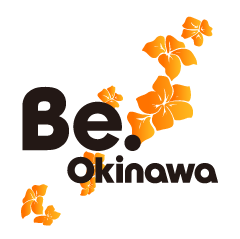
Get even more Okinawa travel inspiration at: www.visitokinawa.jp
Plus, these travel agencies are happy to help plan your next trip to Okinawa:
 www.theartoftravel.net contact@wondertrunk.co |

www.ayabex.com |

www.insidetours.com |
www.jumbotours.co.jp/en/company |

www.truejapantours.com |  www.beauty-of-japan.com www.beauty-of-japan.cominquiry@bojinc.com |
Before traveling, be sure to check the latest government updates and advice regarding your destination.


